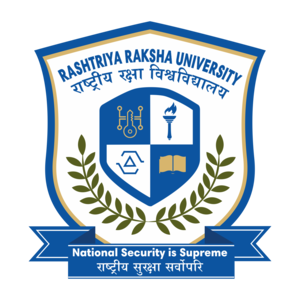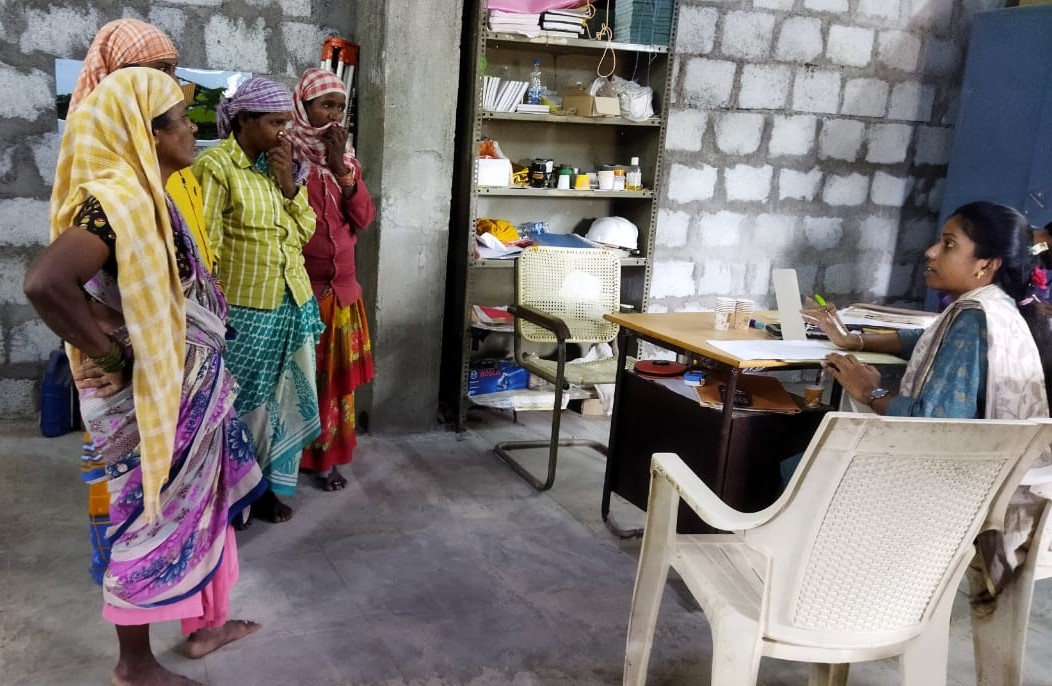Issue of Unemployment : A Legal Perspective
- Antara Paral
- June 28, 2020
Content :
India is the largest Democratic and a Developing country in the World. Also, today India is among the fastest developing economies in the globe. Sixty-five percent of population of India are in the working age group i.e. (15-64) and it is projected to increase in the coming years. But the problem in India is cannot utilize this big labour-force properly thus unemployment has become a major problem from a very long time. There are at least more than 6-crore unemployed youths who are well-educated and this is going to be a major challenge for the economy too. What India facing is because the major challenge is youth unemployment which too for the market policy of labour even in opposition to the backdrop of our country’s increased rate of demographic dividend and literacy. The informal sector provides for ninety-three percent of the available work as a result of which an outsized number of highly-educated youth face underemployment, unemployment or are looking for employment or are in between jobs or are trying to adjust with the uncertain work arrangements. In India, there is a requirement of cooperation, both national also as international, among different trade unions, vocational education organizations, and committees at the national level so as to supply an environment filled with opportunities for economic process. Youth of India, within the non-existence of any type of authorized Social Security, is facing with the challenges of limited growth scope and survival. India has launched various types of employment initiating schemes, including those are under MNERGA. Similar policy initiatives are taken for skilled workers. Nevertheless, these measures have had restricted impact. This problem is a broad phenomenon where an international body like International Labour Organization (ILO) predicts the unemployment rate in India in the following years. On the other side, Indian labour law is seen to be highly protective of workers’ interests by international standards, particularly within the area of dismissal regulation. While undertaking an econometric time-series analysis to evaluate the impact of the backing up of labour laws on the industrial output and unemployment within the formal-sector of economy. There is no evidence that proworker labour legislation results in unemployment or industrial stagnation. Relatively, pro-worker labour laws are related to low unemployment, with the direction of output to labour regulation and causality running from unemployment. This paper analyzes the issues of youth unemployment, present scenario in India with the impact of labour legislations.












